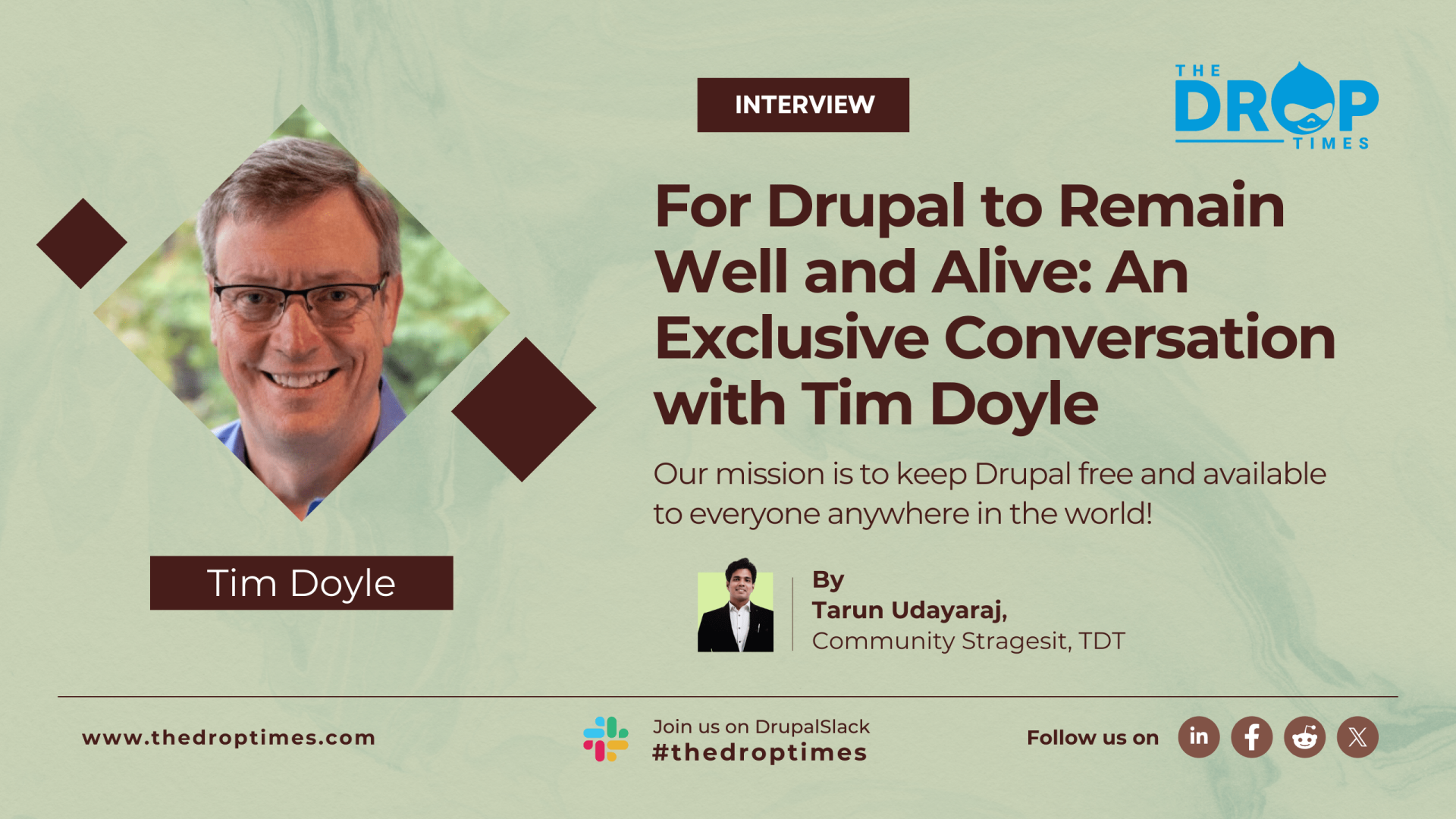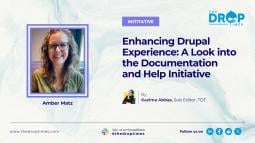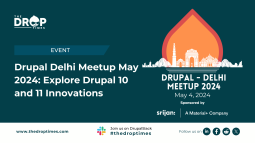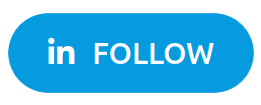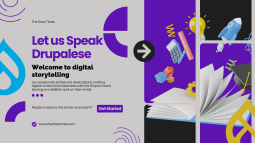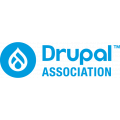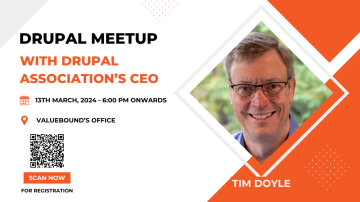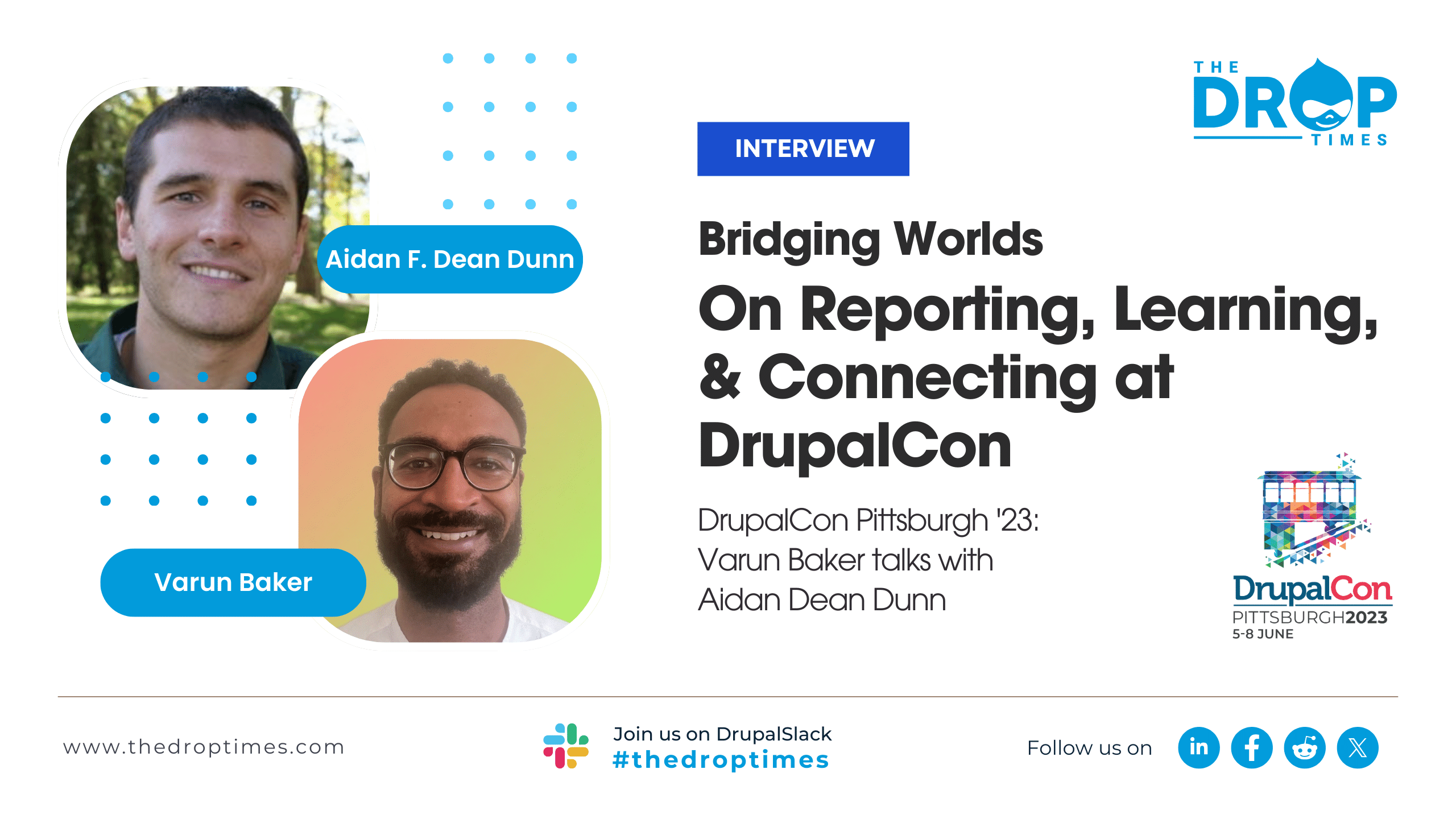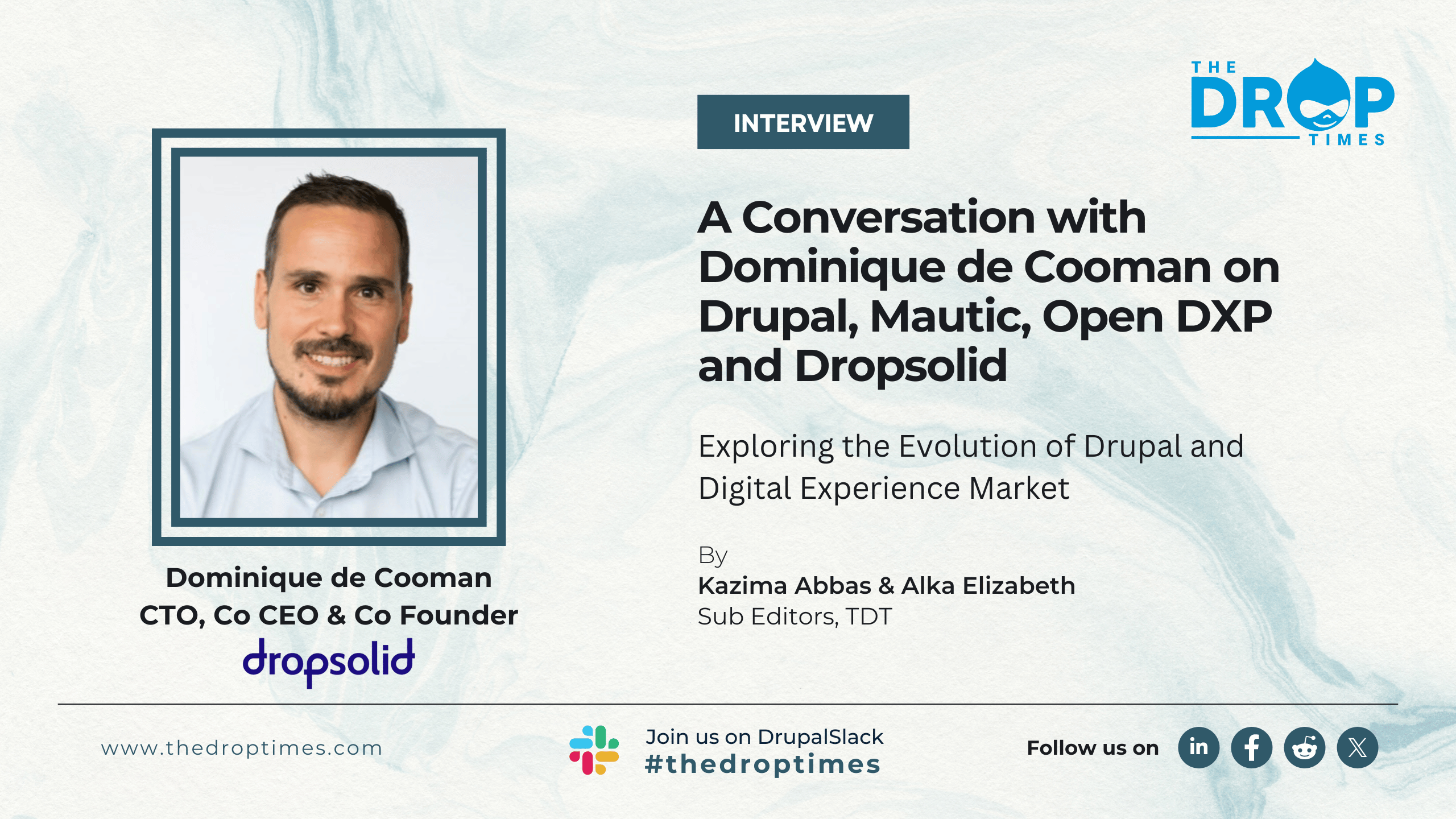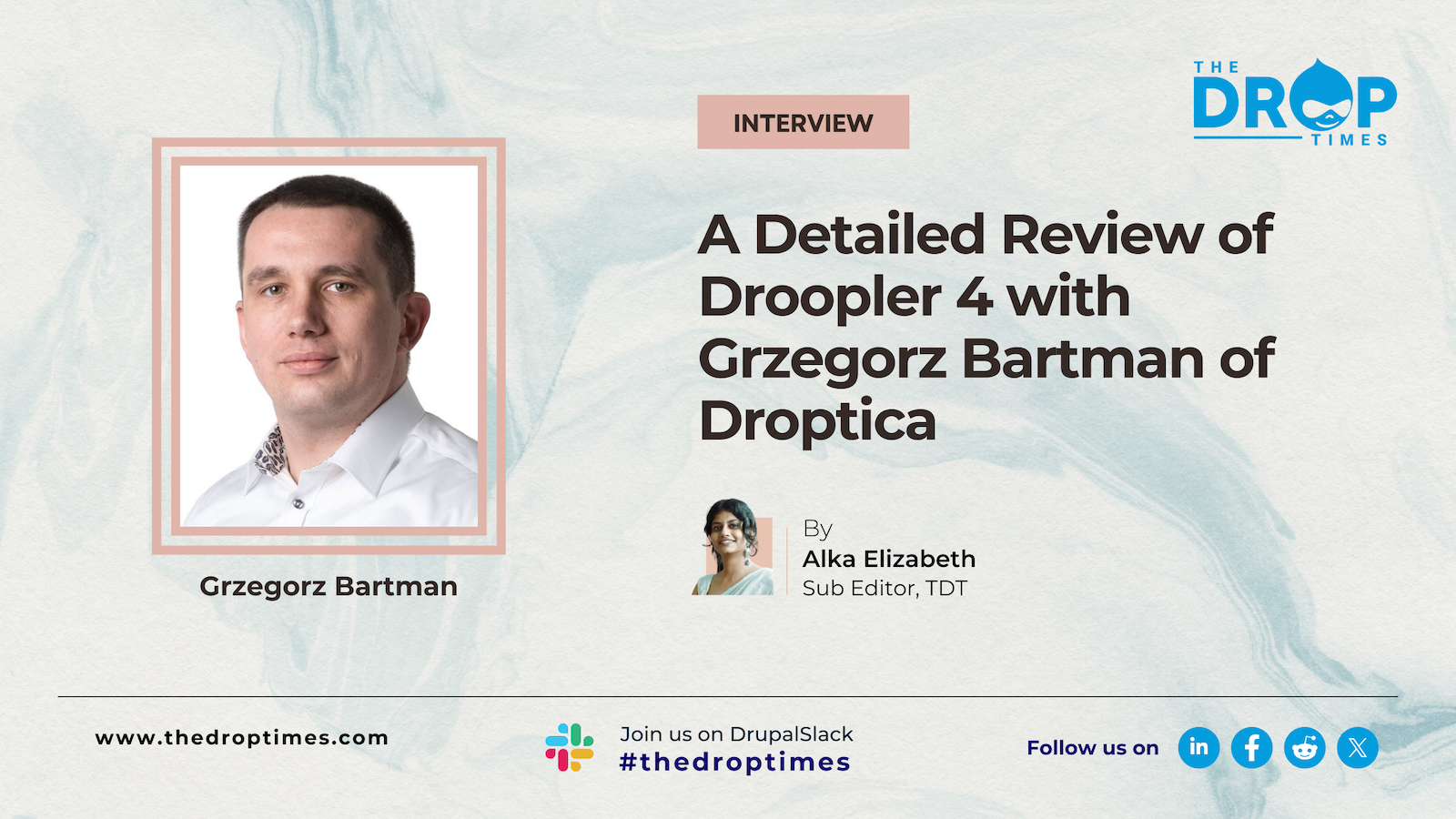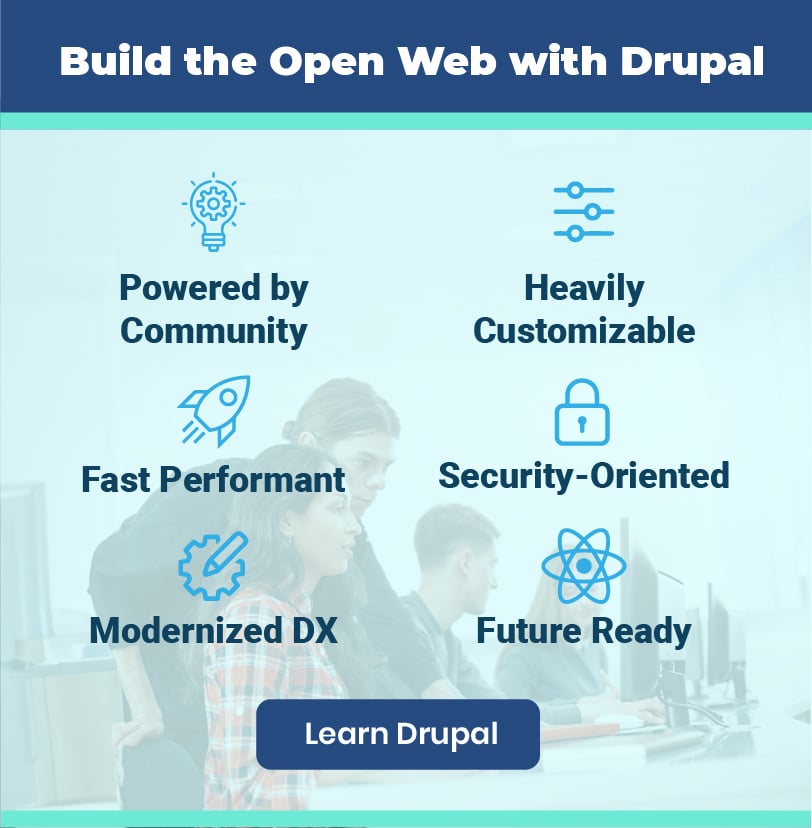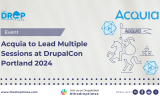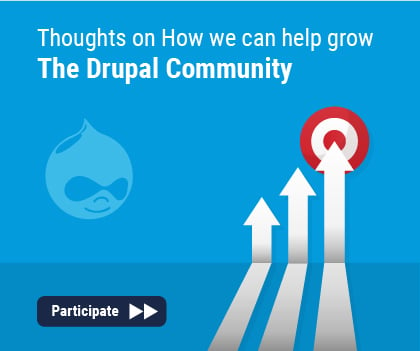For Drupal to Remain Well and Alive: An Exclusive Conversation with Tim Doyle
Tim Doyle, the first-ever Chief Executive Officer and the appointed leader of the Drupal Association reflects Drupal's desire to expand its networking in the global market through innovation and marketing. Quite recently, Tim made his way to India to meet and greet his fellow Indian Drupalers during a Valuebound meetup. The DropTimes [TDT] Community Strategist, Tarun Udayaraj, had an opportunity to converse with Tim about the present and future proceedings of Drupal.
In this exclusive interview, the CEO of the Drupal Association shares his perspectives on the future of Drupal and the open-source community at large. Having stepped into his role with an impressive track record in technology leadership and nonprofit growth, Doyle's mission is to steer the Drupal Association toward new horizons, emphasizing product innovation, marketing, and a strengthened commitment to the open web. His appointment marks a pivotal moment in the Association's journey, aligning with the board's vision to not only continue its support for the thriving Drupal Project but also to amplify its impact and reach within the broader open-source ecosystem.
During the conversation, Tim delves into the motivations behind forming the Open Web Alliance, an initiative that brings together major content management systems like Drupal, WordPress, Joomla, and TYPO3.
Furthermore, he discusses Drupal's recognition as a Digital Public Good and how this status could catalyze the platform's adoption across public sectors and beyond. With a focus on fostering innovation, inclusivity, and collaboration within the Drupal community, Doyle outlines his strategic priorities and the key initiatives planned for the upcoming years. His leadership approach, centered on community engagement and strategic growth, promises to drive Drupal and its vibrant community toward a future marked by greater impact, inclusivity, and innovation.
If this comprehensive discussion on Drupal might be of interest to you, Please read on.
TDT [1]: As one of the leaders behind the formation of the Open Web Alliance, could you explain the motivation for bringing Drupal, WordPress, Joomla, and TYPO3 together? How do you see this alliance advancing the cause of free and open-source content management systems?
Tim Doyle: The Open Web Alliance came about a little under a year ago as the European Union was creating regulations that, among other things, created assignee liability for software implementations. The regulations would have hurt open source because it could make every contributor liable for everyone else's implementation. When I realized that, I got the Drupal Association active in advocating in the European Union to adjust the rules to make it friendlier to open-source because open-source is different than proprietary software and needs to be treated differently.
It was actually brought first to my attention by Crystal Dionysopoulos from Joomla, who reached out and said,
"Hey, can we work together because we all have the same concerns on this regulation?"
And that was a great idea; we would have a stronger voice by working together. Crystal Dionysopoulos, the president of the Joomla Foundation, Mathias Bolt Lesniak of TYPO3, Josepha Haden, President of the WordPress Foundation, and I got together and formed the Open Web Alliance. The alliance's purpose is to address policy and regulatory issues as a single voice for open-source CMS. The Alliance is not coordinating on the product side, we're not coordinating on the community side, we're really just working together on the regulatory and policy side, and it's a powerful message.
According to the stats I've seen, the four of us together run 50% of the websites in the world. This is a huge number. So, collectively, we have an outsized impact on people's web experience, reiterating it as a powerful alliance.
We worked with another group in Europe called Open Forum Europe. Together, we were successful in the European Commission reconsidering its regulations. Knowing that this was likely the first of many regulations, we decided to formalize the Alliance so that going forward, we can speak as one voice when there are issues like this in the US, Europe, or anywhere else.
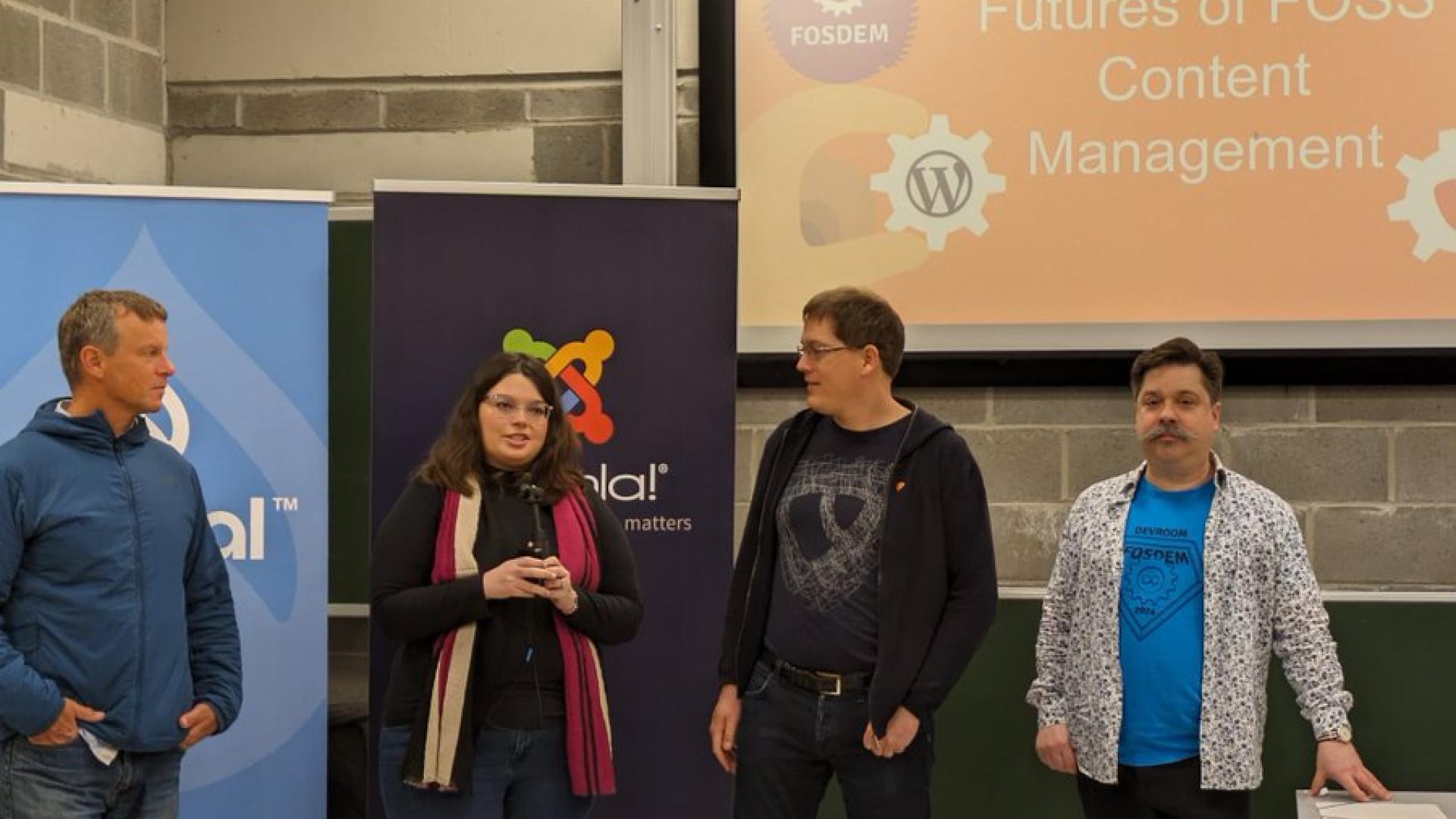
TDT [2]: What are the key objectives and milestones you hope to achieve through the Open Web Alliance?
Tim Doyle: What we hope to create, collectively Drupal, WordPress, Joomla, and TYPO3 through the Alliance, are a couple of things;
First, we want to form relationships among these four CMSs to promote open-source software on the web better. We realized that what is most important to each of us is that the web stays open. Yes, I want more people to use Drupal. I'm sure folks who use Joomla want to promote Joomla, but what's more important than that is we all agree that we want companies to choose open source over software that captures people's data and traps them or software that poses obstacles to an inclusive web.
I hope we can help government and regulatory bodies clearly understand the value of keeping the web open and using open-source software in the CMS.
Two, by creating a strong relationship among CMSs, we can work together when there is a beneficial opportunity. When things come up, we can move quickly.
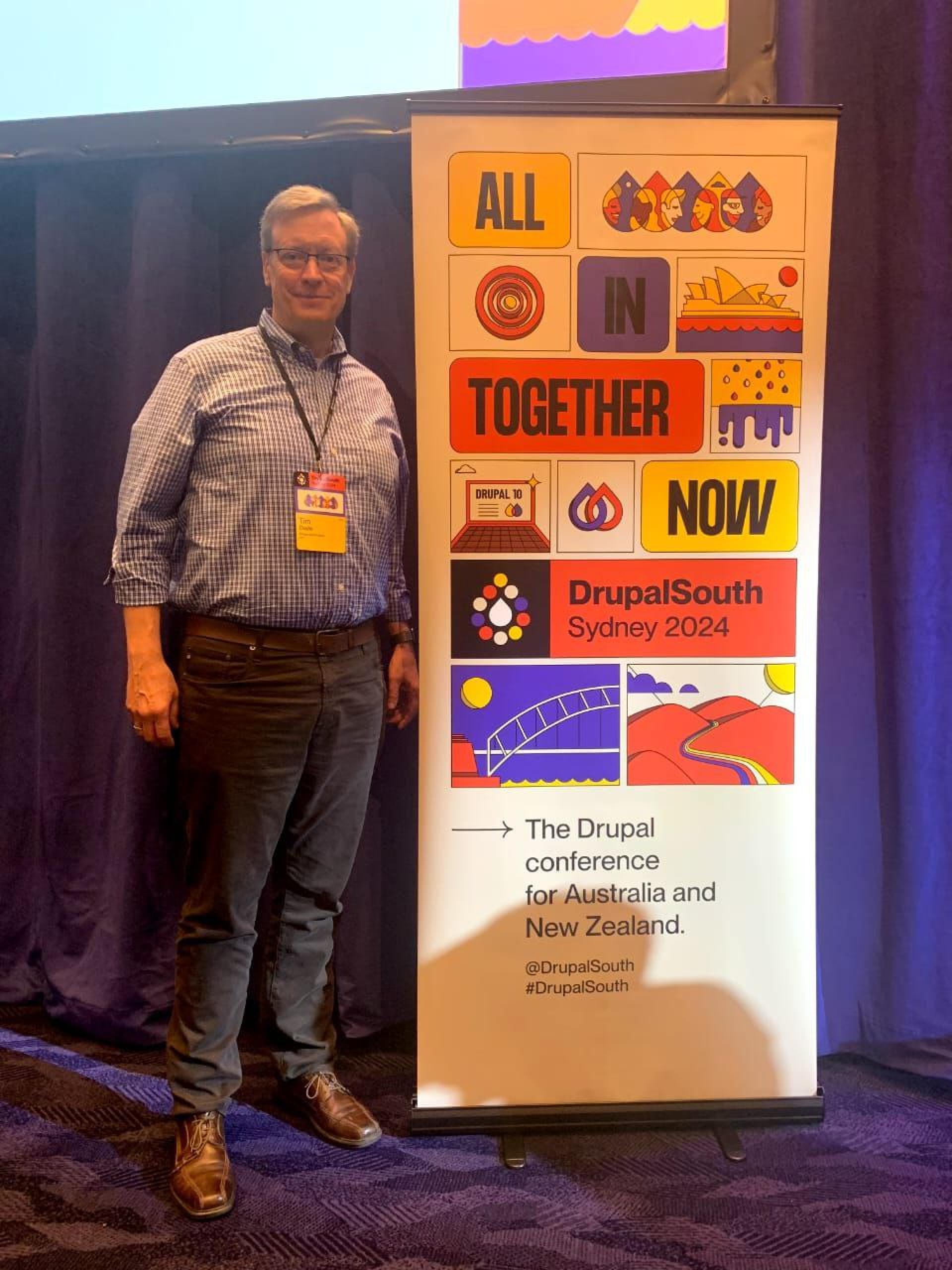
TDT [3]: Drupal's recognition as a Digital Public Good is a significant achievement. How does the Drupal Association plan to leverage this status to increase Drupal's adoption, especially within the public sector, education, and social impact spaces?
Tim Doyle: That's a great question. A year ago, the Drupal Association applied to have Drupal recognized as a Digital Public Good, and the Digital Public Good Alliance acknowledged Drupal as one and made that announcement in the spring of 2023.
We did that because having that designation does two things, each a different side of the same coin. In one sense, it recognizes Drupal's public mission. Drupal’s mission as a Public Good means it's open, it should be free for everyone, and it should not be bound by one company, government, or country. That's the Drupal Association's fundamental task: Keep Drupal free and available to everyone, anywhere in the world!
On the other hand, it also brings the realization that as a public good, Drupal cannot rely on license revenue to invest back into maintaining the product. As a public good, just like a public park or a public temple, some group needs to figure out how to raise money to keep it going.
We hope to leverage the digital public good recognition as we seek funding from foundations and other groups interested in promoting and maintaining the open web.
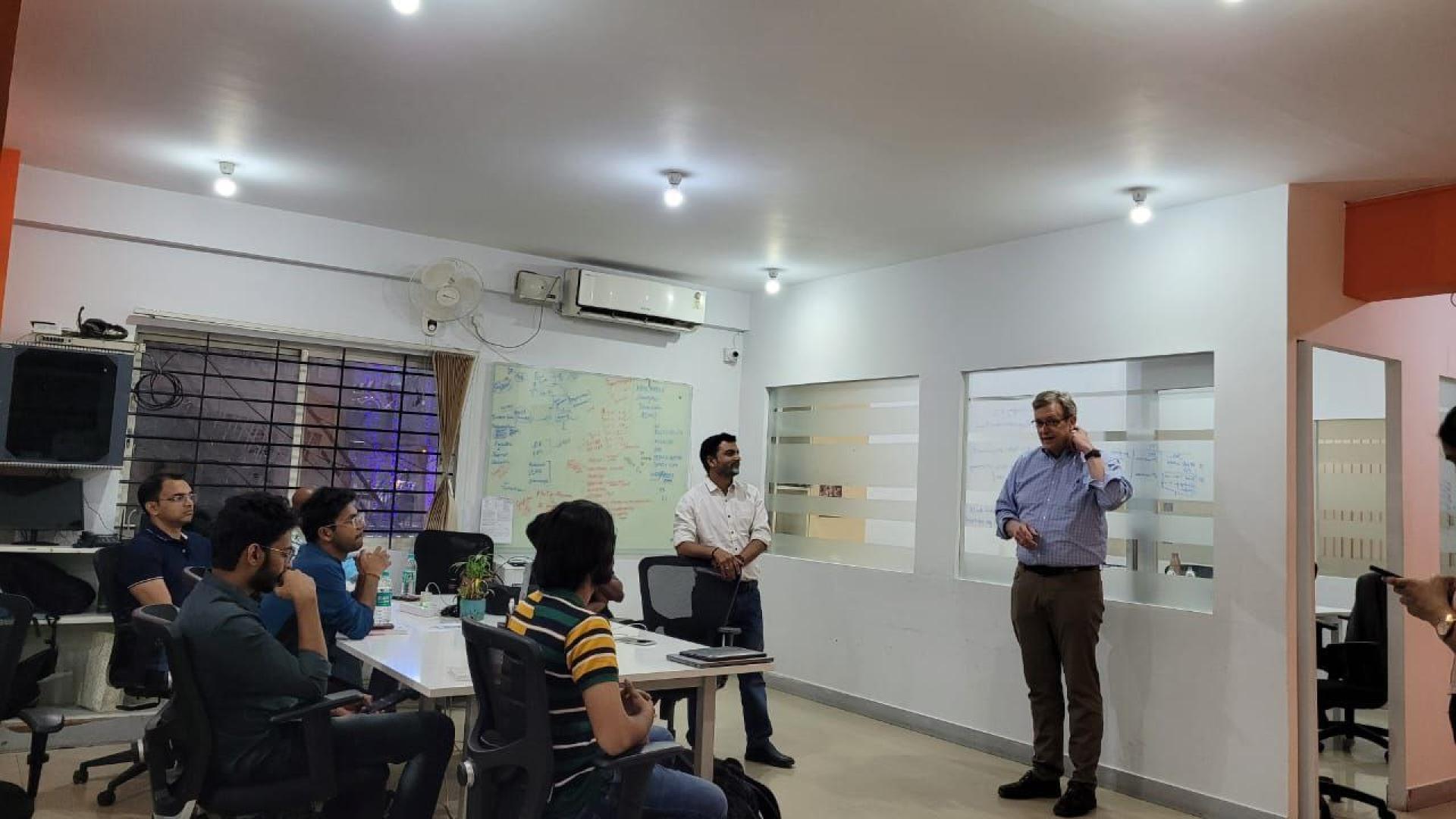
TDT [4]: Do you believe this designation will help attract greater organizational support and funding to help accelerate Drupal's development?
Tim Doyle: Exactly! Drupal's recognition as a Digital Public Good leads directly to acknowledging its role. Most importantly, it signals to foundations and other funding groups interested in keeping the web open that we're a public good with shared values and worthy of funding.
We recently received a grant through the Sovereign Tech Fund in Germany and have used that money to help bolster Drupal’s already strong security posture. I think the Sovereign Tech Fund in Germany recognized Drupal's value and wanted to support the day-in and day-out work we do to maintain it.
TDT [5]: The Drupal Association is strongly focused on driving innovation with initiatives like the innovation hub and bounty programs. Could you provide an overview of the key goals and initiatives you have planned for this year and beyond?
Tim Doyle: One of the objectives of our three-year strategic plan is to innovate Drupal. And very simply, that means we want to see an increase in contributions. We want to see those contributions focused on areas that will help move the project forward strategically.
We're trying a number of initiatives. The Bounty Program will allow us to focus on people's contributions by giving extra credit if you work on certain strategic initiatives. Earlier this year, we published the Contribution Health Dashboard. The goal was to create tools, like a thermometer or blood pressure monitor, that could check the contribution’s vitals, just as a doctor who checks your vitals. How's our blood pressure for community contributions? How's the pulse of contributions? How's our temperature for strategic initiatives? By measuring that, we will be able to know if we are getting healthier or not. I was surprised about how strong the numbers are now, but we will be able to measure that going forward. So, practically, CHD creates a framework for measuring success in the future.
We are looking at several initiatives, and, in my opinion, one initiative alone won’t make us as innovative as we want to be. We need to try several different things. The Bounty program is one, and I am looking to bring on a resource that will help facilitate contribution processes. We are looking at the contribution process and trying to journey map it, figure out where the obstacles and the friction points are, and then remove those. We want to figure out why there are so many people who make one contribution and never come back to do another one.
Those are the initiatives we're working on now, and they will take us into next year. In 2025, we'll probably have a few more initiatives based on what we see with the health dashboard and what we need to do next.
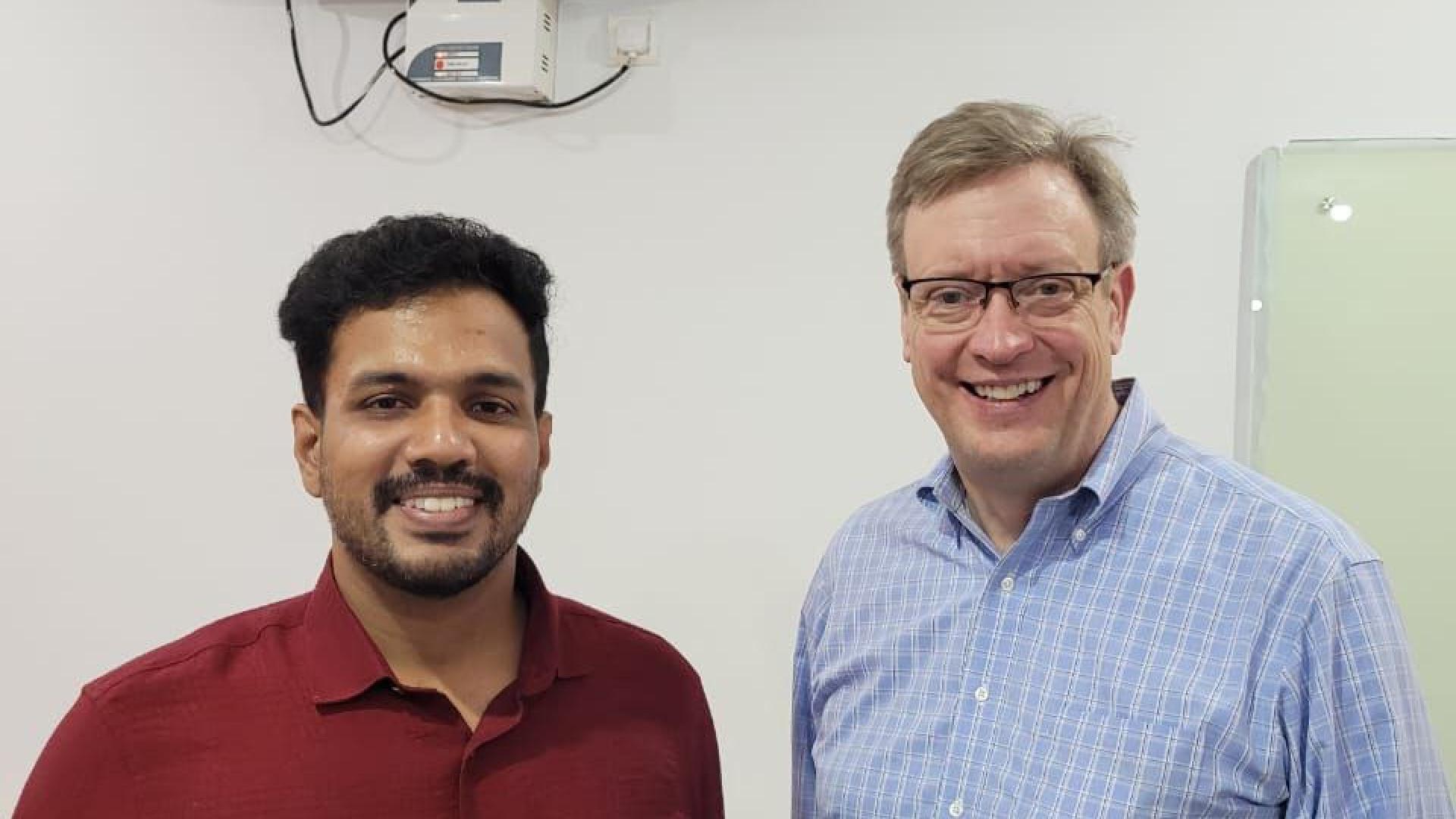
TDT [6]: Having come from outside the Drupal community, what unique perspectives do you bring to your role as CEO of the Drupal Association?
Tim Doyle: It's a good question. When I came to the Drupal Association, though I had heard of Drupal, I'd never worked in Drupal. I had worked in “IT” but never in open-source. And so I do feel like an outsider. I spent the last year and a half trying to learn, and I still have a lot more to learn to understand the nuances of open source and the particular nuances of the Drupal project.
The strength I bring is looking at Drupal as a product and, in a sense, as a business. I know that for some in the open-source community, looking at it as a business will seem to be opposite or contradictory to the community’s values. But I don't think it does. One of the things that attracted me to this position was the strength, warmth, and commitment of the open-source community. I do not want to change that. I hope to build a business model that supports that.
But I think you must have a business plan about how you will get there for a 23-year-old who wants to be around for another 20 years. The proprietary companies trying to knock open-source out of the market are well-funded and organized. They have a business plan. We need to have one as well. That's what I want to contribute to Drupal: a business plan that propels the project and the community forward for the next 20 years.
TDT [7]: As the CEO, how do you approach fostering a collaborative, inclusive, and innovative environment within the Drupal community?
Tim Doyle: One of our roles in the Drupal Association is to support the community. We support the project, and we support the community. Those are our two primary roles. It starts with having the Drupal Association be an inclusive, supportive, and progressive environment. Luckily, when I came on board, that was the culture of the Drupal Association. My primary job here is to maintain that. Even as we grow, we need to keep that focus on inclusivity, support, and warmth.
Second is how we do our work in the community. The “how” sends a message about the values of the community we respect. So, when we did the Open Web Manifesto, we started with a survey asking all community members to “Tell us your thoughts.” I hope that signals that much of what we do begins in the community, and our job is to funnel and channel it. So, how did we do our job? When we did the digital public application, the board was involved. As we pursue innovation, you'll see on social media that we're constantly going out to the community, saying,
“This is what we're trying to do—give us your feedback.”
What I can control is how we do things. I don't always control the outcome. I don't know where it's going to end up. But if we do it in a way consistent with the Drupal community's values, then I think we will be able to foster the same things the community wants.
TDT [8]: Could you share any exciting new partnerships or collaborations that the Drupal Association is involved in? How do these partnerships align with Drupal's mission and goals?
Tim Doyle: I have talked about this a bit, but I think the Open Web Alliance is exciting. For the first time, we're getting open-source CMSs together to speak as one voice at a regulatory policy level to have every government in the world have open source as their first thought. Why? Because democratic government values are the same as open source: transparency, openness, and community input. Our values are aligned. So I'm excited about what we can do with the Open Web Alliance as we communicate to government policymakers not only to say don’t make regulations that hurt open source but to make regulations that create a preferential option for open source—that supports open source. It's cheaper, and it's better for your citizens.
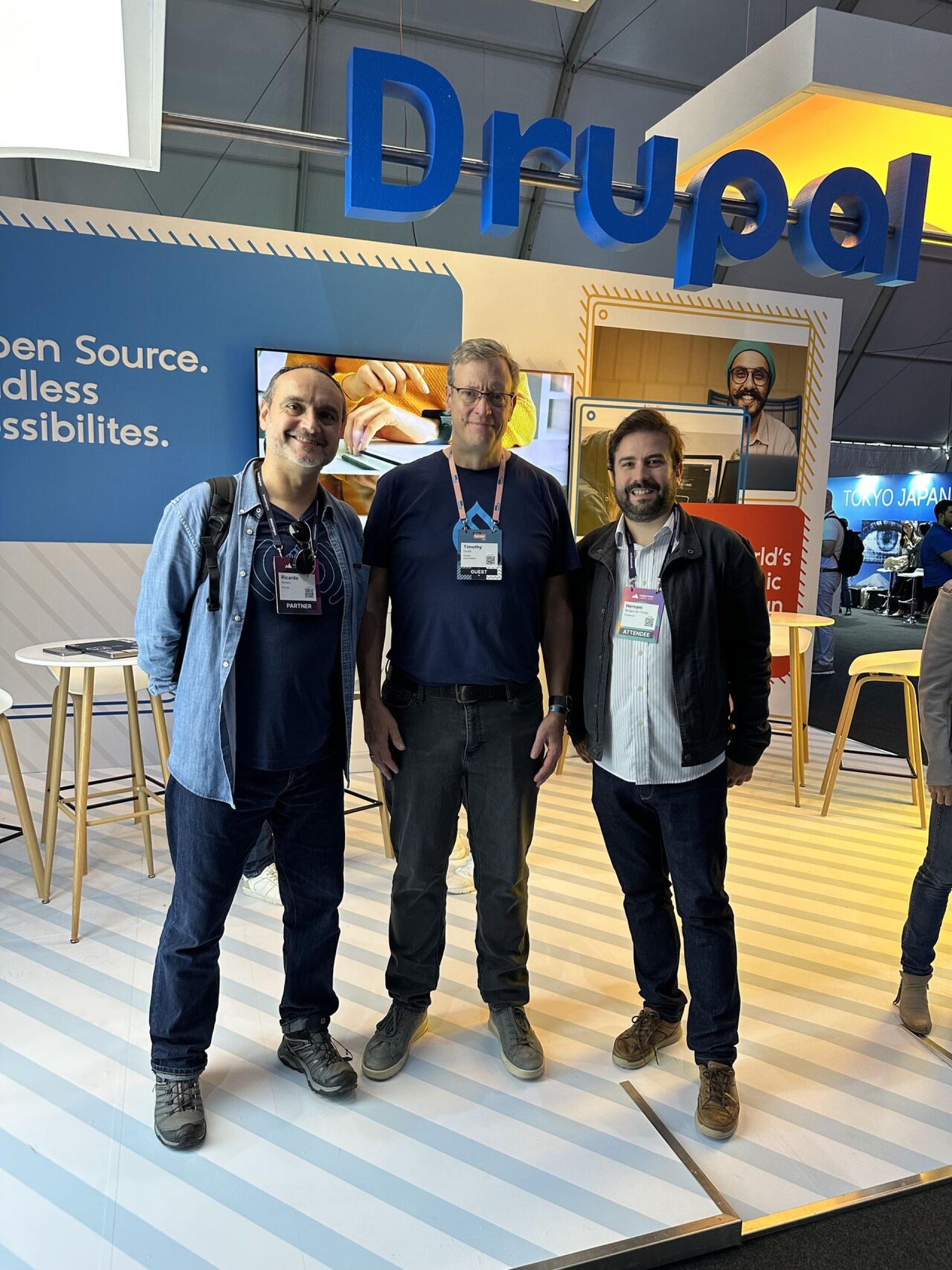
Collaboration within the Open Web Alliance enables joint initiatives to be pursued. While Drupal takes the lead on certain initiatives independently, the Alliance is a platform for unified representation. Last year, we created the Open Web Manifesto because we wanted to lay out the philosophical foundations of our beliefs so that as we advocate, we can point back to our manifesto. It tells right there that we were definitely involved, and that's us. Those are our beliefs. But then, I'm sure most of those beliefs, if not all, are shared by the Joomla, TYPO3, and WordPress communities. But then as we go out to communicate, if we can move within the alliance, we will be able to communicate this as one voice.
So, there will be some initiatives that Drupal will just be able to take head-on, and we will be working through the Alliance on others. It depends.
TDT [9]: Looking ahead, what is your vision for the future of Drupal? How do you see the Drupal Association leading the community, and what key strategies will you implement to ensure Drupal's continued success as a cutting-edge, widely adopted platform that fosters a welcoming and inclusive community for developers and users of all backgrounds?
Tim Doyle: So I'm very bullish on Drupal. Before I came on board, my due diligence with the people I talked to indicated that there were a lot of good things going on in Drupal. I know some people are concerned that Drupal is declining. I feel the opposite. Every time I talk with people actually building digital experiences, they tell me that as a tool, Drupal is one of the most effective CMSs in the world, if not the most effective. They tell me it is a foundational element to digital experience platforms. Their views are supported by the fact that the modern Drupal’s install base is growing.
So, I'm very bullish. I believe Drupal's future has many growth possibilities. I think governments are beginning to realize the value alignment. Similarly, more and more corporate brands are beginning to understand the power and control Drupal gives them in extending their brands in multiple markets or across product lines. Some of those who left are coming back, and some major organizations that have left are going to be coming back to Drupal because they're going to realize what they left.
Now, our role, the Drupal Association's role, is marketing, getting that message out. So, it's not about fixing the product. The product doesn't need to be fixed. Certainly, there are things we can do better. But even those things that we can do better are mostly about how the product is perceived.
So our role will be marketing Drupal, getting the word out to governments and not-for-profits, to corporate brands, to Universities about the power of the tool. That's what I will be really focusing on in the next couple of years.
TDT [10]: Dries emphasized the importance of the Drupal Marketing Initiative during his keynote at DrupalCon Lille. Could you please provide our audience with an overview of the Drupal Association's specific plans and strategies for this initiative?
Tim Doyle: Marketing is the second of three strategic priorities the board passed last year, and Dries mentioned it during his keynote. At that time, we hired a marketing consultant and created a product go-to-market or product marketing plan for Drupal as if we were launching or relaunching the product.
We're going to take that plan and move toward implementation. One is mapping out how big companies and organizations make decisions when choosing a CMS. How do they make that decision when choosing a multi-million dollar project CMS? So we understand who's making decisions when they're making them and what information they need to make a good decision. I believe if we give good information to the right person at the right time, more times than not, they're going to choose Drupal; they're going to choose Open Source.
Second, we're working with Promote Drupal, a community group that's been around for a while, to develop the materials to market Drupal. Then, we'll make those materials available to our partners so that when they go out, they already have the materials; they don't need to create them. This will also help the Drupal brand consistency in the market with partners using the same materials.
A consistent Drupal brand will be very helpful. If an organization sees two or three different Drupal bids on a project, it will look the same and global. It's not just in the US; that's the reason I am here in India. We need that global brand. It's the same with McDonald's and Coca-Cola. You have to ensure it's a global brand so people recognize it.
TDT [11]: Drupal has a credit system for all developers. Similarly, can people working in the Promote Drupal initiative use that?
Tim Doyle: My understanding—and Tim Lehnan is the technical expert on the credit system—but you can get credit for non-code contributions, and we do that a lot. That's why folks working on Promote Drupal can get credit for their contributions of equal value to code contributions. Our job is to ensure their work is going in the right direction.
The Drupal Association doesn’t decide the direction, but we want to ensure that we're going in the same direction and that the project and the community are aligned. We also need to recognize people's work, whether it's credit or just thanks.
(The recorded interview between Tarun Udayaraj and Tim Doyle was transcribed and edited by Alka Elizabeth—Editor)
Disclaimer: The information provided about the interviewee has been gathered from publicly available resources. The responsibility for the responses shared in the interview solely rests with the featured individual.
Note: The vision of this web portal is to help promote news and stories around the Drupal community and promote and celebrate the people and organizations in the community. We strive to create and distribute our content based on these content policy. If you see any omission/variation on this please let us know in the comments below and we will try to address the issue as best we can.




